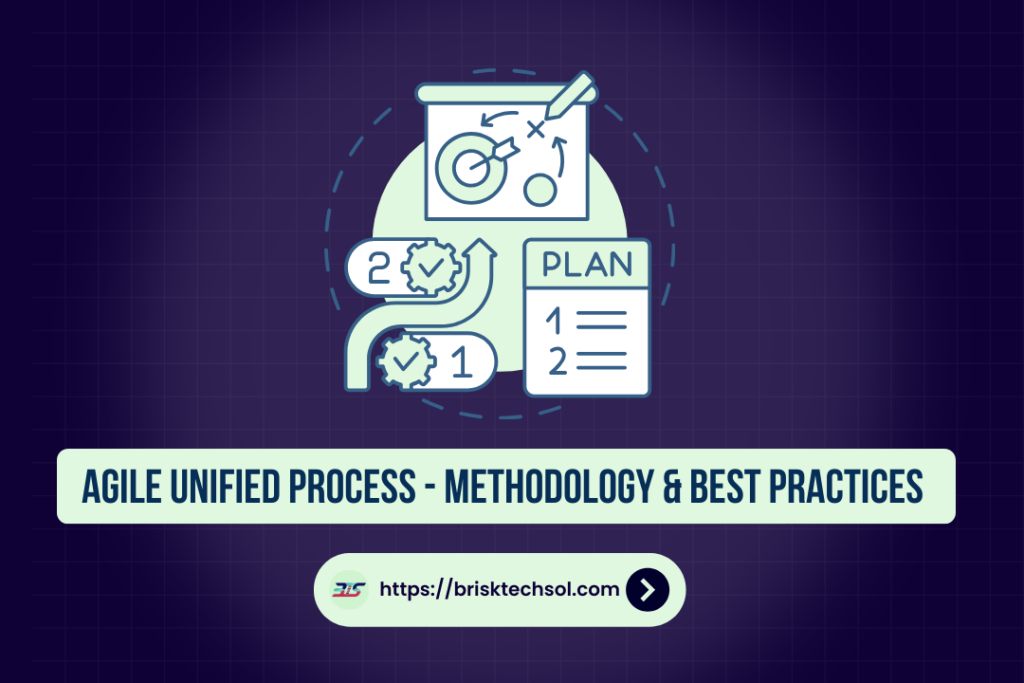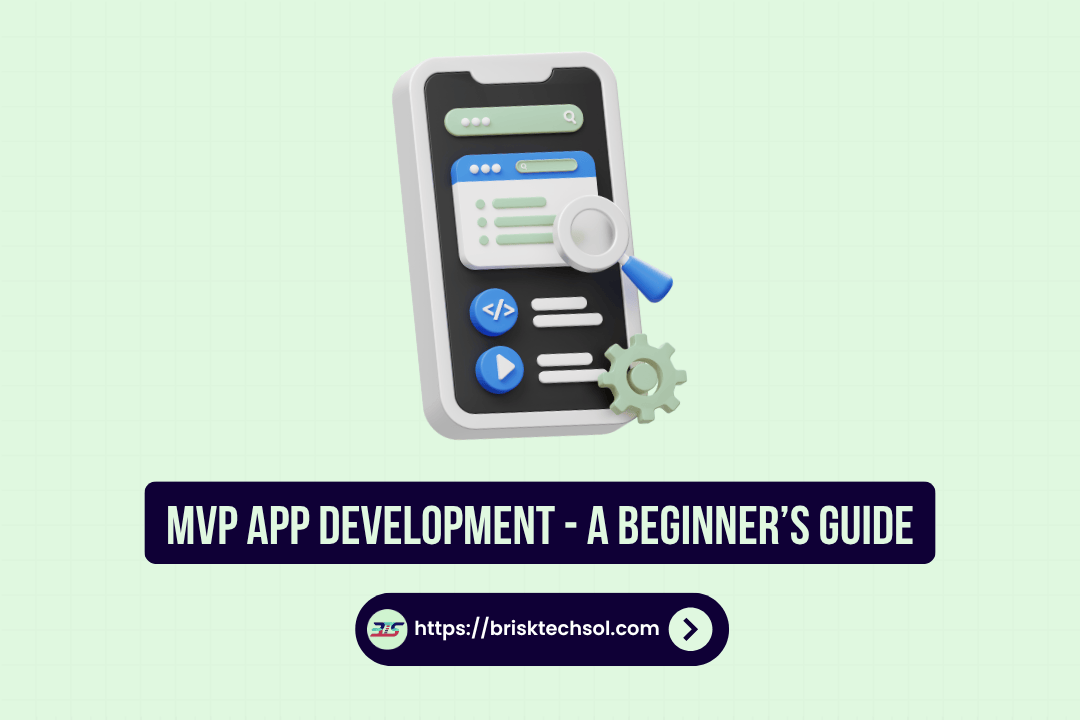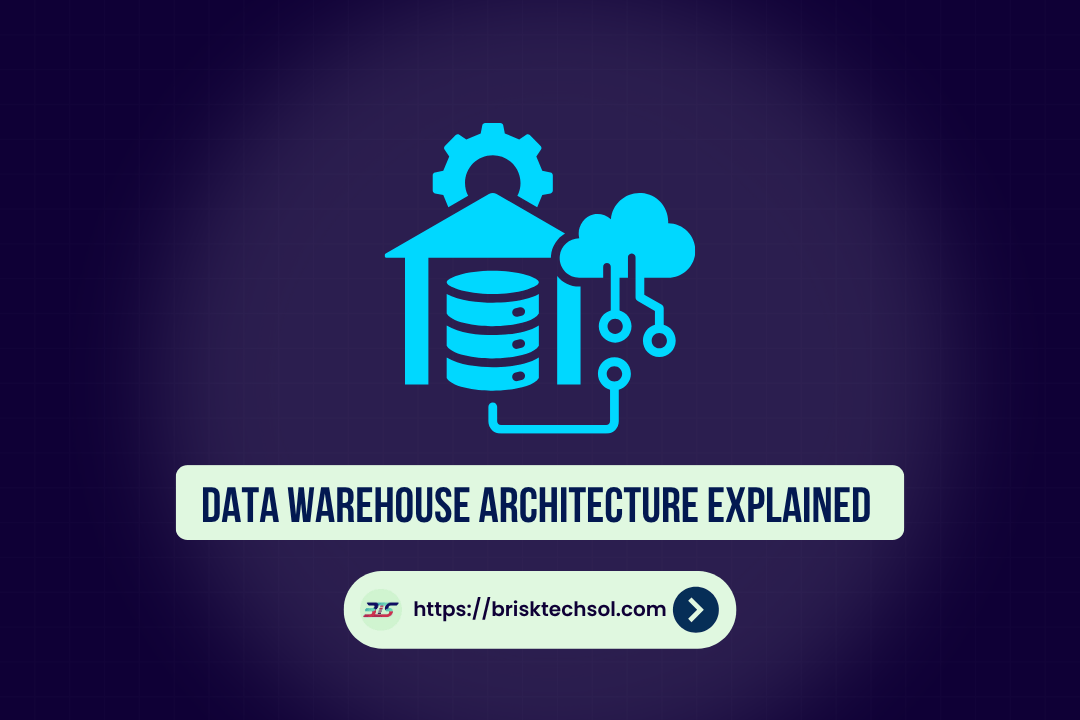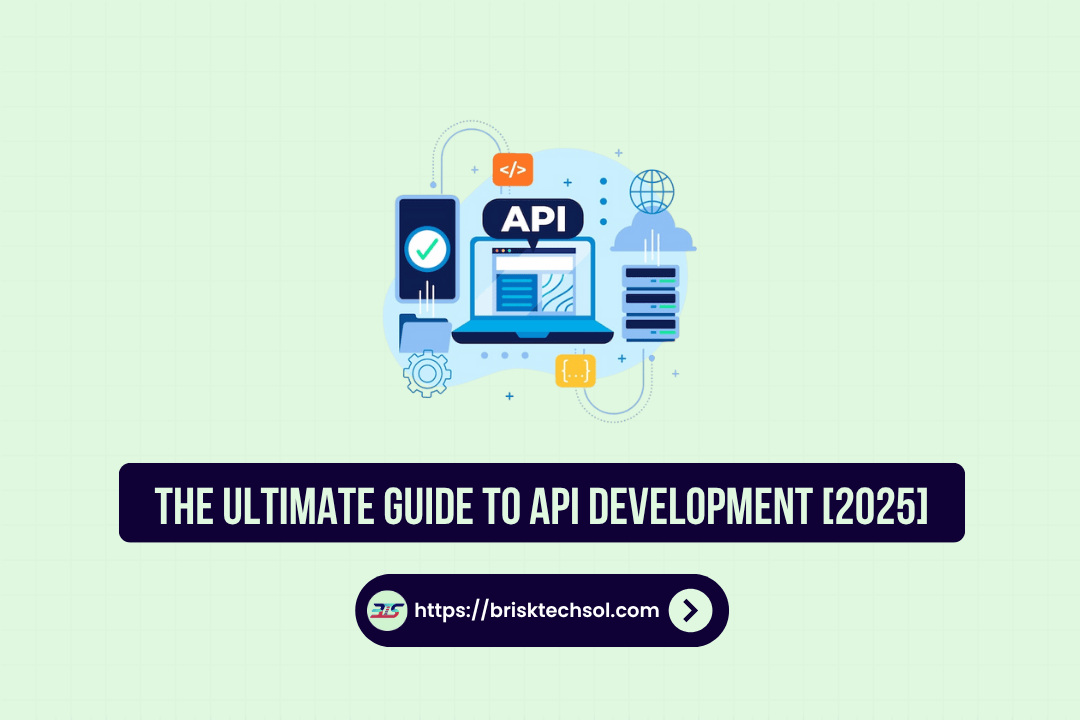Imagine a development process that feels both structured and adaptable, guiding your project through every challenge with ease. Agile Unified Process (AUP) blends the discipline of RUP with the flexibility of agile methods, ensuring smoother iterations and less stress. It’s a human-centric approach that truly understands your needs, making complex projects feel like achievable adventures. Experience real progress and satisfaction.
Overview of Agile Unified Process
What Is Agile Unified Process?
Agile Unified Process (AUP) is a lightweight, agile framework designed to simplify the rigorous structure of RUP. It emphasizes iterative development, continuous feedback, and flexibility in adapting to change. AUP maintains essential RUP elements but reduces unnecessary overhead, making it ideal for projects that require a disciplined yet agile approach. This methodology fosters collaboration among cross‑functional teams while ensuring that project risks are managed effectively.
🔹 Key Characteristics:
- Iterative and incremental development
- Emphasis on continuous feedback and adaptation
- Streamlined documentation and process guidelines
- Combines agile flexibility with structured process control
Key Principles of AUP
AUP is built on a set of core principles that blend agile practices with traditional process rigor. These principles include iterative development, risk management, and a focus on quality at every phase. The methodology promotes adaptive planning and early delivery while maintaining a clear structure for project governance. By balancing agility and discipline, AUP helps teams navigate complex projects without sacrificing speed or control.
🔹 Core Principles:
- Iterative Approach: Development is performed in small, manageable iterations.
- Risk Management: Continuous assessment and mitigation of risks are prioritized.
- Continuous Improvement: Teams regularly reflect on and adjust processes.
- Collaboration: Emphasis on communication and stakeholder involvement.
Evolution & History of Agile Unified Process
From RUP to AUP
Agile Unified Process evolved as a response to the complexities of the Rational Unified Process (RUP). While RUP provided a comprehensive, disciplined framework, its complexity often proved burdensome for modern, fast‑paced development environments. AUP was developed to maintain RUP’s rigor while incorporating agile principles. This evolution allows development teams to benefit from structured process guidance without being overwhelmed by extensive documentation and heavy process overhead.
🔹 Historical Highlights:
- Origins: RUP, developed by Rational Software, laid the groundwork.
- Evolution: Agile principles gradually integrated into RUP, leading to AUP.
- Simplification: Focus on reducing unnecessary process elements for agility.
The Need for a Unified Process
The transition from traditional to agile methods revealed the need for a unified process that could bridge the gap between structured planning and adaptive execution. Organizations wanted a methodology that retained proven best practices while offering the flexibility to respond to change quickly. AUP emerged as a practical solution, providing a framework that integrates disciplined workflows with iterative development, ensuring both stability and responsiveness in dynamic project environments.
🔹 Driving Factors:
- Demand for faster time‑to‑market without sacrificing quality
- Need for a balanced approach between structure and flexibility
- Pressure to manage risks in increasingly complex projects
Evolution of Agile Methodologies
Agile methodologies have continually evolved since the publication of the Agile Manifesto. AUP represents one of the evolutionary steps where traditional processes are reimagined to suit modern development challenges. By incorporating continuous integration, automated testing, and stakeholder collaboration, AUP has adapted to the ever‑changing technology landscape. This evolution has led to a methodology that is both robust and agile, making it suitable for a wide range of software development projects.
🔹 Milestones in Agile Evolution:
- Introduction of agile practices in the early 2000s
- Integration of agile techniques into legacy frameworks
- Emergence of hybrid models like AUP that balance control with flexibility
Core Components and Phases of AUP
The Iterative Life Cycle
AUP divides the project lifecycle into distinct phases, each executed iteratively. This structured yet flexible approach ensures that teams can refine requirements and adjust to change without losing overall project direction. The iterative life cycle allows for frequent reviews, enabling teams to catch issues early and adapt the process accordingly. Each iteration results in incremental progress, culminating in a robust, well‑tested final product.
🔹 Benefits of Iterative Development:
- Early identification of risks and issues
- Regular opportunities for stakeholder feedback
- Incremental delivery of functionality
- Improved quality through continuous testing
The Four Phases of AUP
AUP traditionally organizes development into four main phases: Inception, Elaboration, Construction, and Transition. Each phase serves a unique purpose in the development lifecycle, from initial planning and risk assessment to final delivery and deployment. The structure of these phases provides a clear roadmap while allowing for flexibility through iterative cycles. This approach ensures that projects are well‑planned yet adaptable to evolving requirements.
🔹 Phase Overview:
- Inception: Define project scope, goals, and initial requirements.
- Elaboration: Refine requirements, design architecture, and mitigate risks.
- Construction: Develop, test, and integrate components iteratively.
- Transition: Deploy the system, address feedback, and ensure smooth delivery.
AUP Process Flow Table
Below is a comparative table outlining the key activities and objectives of each AUP phase:
| Phase | Key Activities | Objectives |
|---|---|---|
| Inception | Define vision, scope, and high‑level requirements | Establish feasibility and project boundaries |
| Elaboration | Refine requirements, design architecture, risk mitigation | Develop a stable foundation and validate the design |
| Construction | Iterative development, coding, testing, and integration | Build functional components and deliver incremental value |
| Transition | Deployment, user training, final adjustments | Ensure successful delivery and stakeholder satisfaction |
Benefits and Advantages of Agile Unified Process
Flexibility and Responsiveness
One of the primary benefits of AUP is its inherent flexibility. By breaking down the project into small, manageable iterations, AUP enables teams to adapt quickly to changing requirements. This responsiveness is essential in today’s dynamic development environment, where client needs and market conditions can shift rapidly. Agile Unified Process allows teams to implement changes early and often, ensuring that the final product meets the current business demands without sacrificing quality.
🔹 Advantages Include:
- Quick adaptation to new requirements
- Reduced risk through early issue detection
- Frequent feedback loops with stakeholders
- Enhanced collaboration across teams
Improved Risk Management
AUP places significant emphasis on identifying and mitigating risks early in the project lifecycle. The iterative approach allows teams to uncover potential problems during each cycle, rather than at the end of the project. This proactive risk management strategy reduces the likelihood of major setbacks and ensures that corrective actions can be implemented promptly. By continuously monitoring risks, AUP helps maintain project stability and improves overall success rates.
🔹 Risk Management Benefits:
- Early detection and resolution of issues
- Iterative reviews help identify emerging risks
- Reduced likelihood of project delays
- Increased confidence in project delivery
Enhanced Quality Through Iteration
Quality is built into every phase of the Agile Unified Process. Iterative cycles include regular testing and validation, which means that issues are identified and fixed early. This ongoing commitment to quality helps ensure that each component of the project is robust and reliable. The continuous integration and testing practices associated with AUP lead to a higher-quality final product, as bugs and errors are caught before they can escalate into larger problems.
🔹 Quality-Enhancing Practices:
- Continuous testing during each iteration
- Frequent code reviews and refactoring
- Iterative validation against requirements
- Regular stakeholder feedback to refine quality
Efficient Use of Resources
AUP’s iterative nature allows for better allocation of resources. By breaking the project into smaller phases, teams can focus on high‑priority tasks and reallocate resources as needed based on the feedback received during each iteration. This flexibility results in more efficient use of time, budget, and personnel. Ultimately, AUP enables organizations to deliver high‑quality software without overburdening teams or exhausting resources.
🔹 Resource Efficiency Highlights:
- Prioritized, incremental development cycles
- Adaptive planning for better resource allocation
- Reduced waste through focused iterations
- Enhanced productivity through continuous improvement
Challenges and Limitations of AUP
Complexity in Implementation
While Agile Unified Process offers numerous benefits, it is not without its challenges. One of the primary issues is the complexity involved in implementing AUP effectively. Organizations transitioning from traditional methodologies may struggle to adapt to the iterative, agile mindset required. The need to balance process discipline with flexibility can be challenging, especially for teams used to rigid, waterfall‑style approaches.
🔹 Common Challenges:
- Resistance to change from established teams
- Complexity in balancing agility with process control
- Requirement for continuous stakeholder engagement
- Difficulties in scaling the process for large teams
Integration with Existing Processes
Integrating AUP with existing organizational processes can be a significant hurdle. Many companies have established systems and procedures that may not align with the agile principles embedded in AUP. Adapting current workflows to accommodate iterative development often requires a cultural shift and comprehensive training. This integration challenge can delay adoption and affect the overall efficiency of the process if not managed carefully.
🔹 Integration Hurdles:
- Misalignment with legacy processes
- Need for extensive training and change management
- Possible disruption during the transition phase
- Resistance from team members accustomed to traditional methods
Documentation and Compliance Issues
AUP strives to streamline documentation by focusing on essential deliverables, yet this minimalistic approach can sometimes lead to compliance challenges. In highly regulated industries, where detailed documentation is mandatory, the agile documentation practices of AUP may not suffice. Organizations may need to supplement AUP with additional documentation efforts, which can increase overhead and potentially slow down the development process.
🔹 Documentation Concerns:
- Balancing agile minimalism with compliance needs
- Additional documentation requirements in regulated sectors
- Potential for miscommunication if documentation is insufficient
- Increased process overhead to meet regulatory standards
Managing Stakeholder Expectations
AUP’s iterative nature means that project outcomes are continually evolving. While this flexibility is beneficial, it can also lead to challenges in managing stakeholder expectations. Clients and sponsors may struggle with the idea of incremental delivery rather than a single, final product. Clear communication and regular updates are essential to ensure that all parties remain aligned throughout the development cycle.
🔹 Stakeholder Management Tips:
- Schedule regular meetings and status updates
- Clearly define iteration goals and deliverables
- Use visual aids (like progress charts) to track evolution
- Set realistic expectations regarding incremental progress
Agile Unified Process vs Other Methodologies
Comparison with Traditional RUP
Agile Unified Process is essentially an agile variant of the traditional Rational Unified Process (RUP). While RUP is highly structured and documentation‑heavy, AUP trims down unnecessary processes to focus on agile principles. This comparison highlights AUP’s strengths in adaptability and rapid feedback cycles. RUP may be preferred in environments that demand exhaustive documentation, but AUP offers a modern approach that balances structure with flexibility.
🔹 Key Differences:
- RUP: Heavy documentation, extensive process layers
- AUP: Streamlined process, iterative and agile
- Emphasis on risk management and continuous improvement in both
Comparison with Scrum and Kanban
When compared to other agile methodologies like Scrum and Kanban, AUP offers a hybrid approach that incorporates the disciplined structure of RUP. Scrum focuses on sprints and time‑boxed iterations, while Kanban emphasizes continuous flow without fixed iterations. AUP, however, provides a more comprehensive framework by integrating phases such as Inception, Elaboration, Construction, and Transition, making it suitable for projects that require both agility and structure.
🔹 Comparison Points:
- Scrum: Focuses on fixed sprints and ceremonies
- Kanban: Prioritizes continuous delivery and visual task management
- AUP: Combines iterative development with structured phases and risk management
Comparative Table: AUP vs. Other Methods
| Aspect | Agile Unified Process (AUP) | Scrum | Kanban |
|---|---|---|---|
| Process Structure | Iterative with defined phases | Time‑boxed sprints and ceremonies | Continuous flow, no fixed iterations |
| Documentation | Minimal yet structured documentation | Varies; relies on sprint reviews | Minimal documentation |
| Risk Management | Built‑in continuous risk assessment | Addressed within sprint retrospectives | Not explicitly defined |
| Flexibility | Balanced structure with agile principles | Highly flexible, focuses on team velocity | Extremely flexible, real‑time prioritization |
Choosing the Right Methodology
The choice between AUP, Scrum, Kanban, and traditional RUP depends on your project’s requirements, team experience, and industry demands. AUP is ideal for projects that require a balance between structure and agility, while Scrum is excellent for rapid development cycles. Kanban suits environments with fluctuating work demands. Understanding these nuances helps organizations select the best methodology to achieve their project goals.
🔹 Decision Considerations:
- Project size and complexity
- Regulatory and documentation requirements
- Team experience and process maturity
- Stakeholder expectations and risk tolerance
Best Practices & Use Cases for AUP
Best Practices for Implementing AUP
Successful implementation of Agile Unified Process requires careful planning and adherence to best practices. Begin by training your team on both agile principles and the structured aspects of AUP. Emphasize clear communication, iterative feedback, and continuous improvement. Adopt automated testing and integration tools to support iterative cycles, and ensure that stakeholder feedback is incorporated into each iteration. This disciplined yet flexible approach leads to successful project outcomes.
🔹 Implementation Tips:
- Provide comprehensive training on AUP and agile fundamentals
- Use automated tools to streamline testing and integration
- Establish regular review meetings and iteration planning sessions
- Maintain clear documentation for compliance and quality assurance
Use Cases: Where AUP Shines
AUP is especially well‑suited for projects that require both agility and a structured development framework. It is ideal for large enterprise systems, complex software projects, and environments where risk management is critical. Industries such as finance, healthcare, and government often find AUP beneficial because it provides the necessary discipline while remaining flexible enough to adapt to evolving requirements.
🔹 Ideal Use Cases:
- Enterprise-level applications with complex requirements
- Projects in regulated industries requiring structured documentation
- Software systems that demand continuous risk assessment
- Teams transitioning from traditional methods to agile practices
Real‑World Examples
Many organizations have successfully implemented AUP to deliver high‑quality software. For example, a financial institution might use AUP to develop a risk management system, balancing regulatory compliance with iterative improvements. Similarly, a healthcare provider can adopt AUP to build a patient management platform that evolves with changing medical practices. These real‑world examples demonstrate how AUP adapts to diverse project needs while ensuring robust outcomes.
🔹 Examples in Action:
- Financial systems with stringent compliance needs
- Healthcare applications requiring iterative updates
- Government projects with high risk and accountability standards
- Complex enterprise software requiring iterative validation
Conclusion
Agile Unified Process provides a balanced methodology that combines the discipline of RUP with agile flexibility. Its iterative approach, built‑in risk management, and structured phases make it ideal for complex projects that require adaptability without sacrificing control. While challenges exist—especially during integration and implementation—the benefits of enhanced quality, efficient resource use, and continuous improvement make AUP a compelling choice for modern development teams.
What is Agile Unified Process (AUP)?
Agile Unified Process is an agile variant of the traditional Rational Unified Process. It streamlines development by combining iterative, incremental development with disciplined risk management and structured phases. AUP enables teams to adapt quickly to changing requirements while maintaining control over project deliverables.
2. How does AUP differ from traditional RUP?
AUP reduces the overhead and complexity of RUP by focusing on agile principles. While RUP is highly documentation‑intensive, AUP emphasizes iterative cycles, continuous feedback, and minimal yet effective documentation. This makes AUP more flexible and better suited for dynamic development environments.
3. What are the main phases of AUP?
AUP is divided into four key phases: Inception, Elaboration, Construction, and Transition. Each phase serves a specific purpose from defining project scope and architecture to iterative development and final delivery. This structured approach allows for continuous refinement and risk management throughout the project lifecycle.
4. What benefits does AUP offer to development teams?
AUP offers significant benefits including enhanced flexibility, improved risk management, and higher quality output through continuous iteration. Its balanced approach helps teams quickly adapt to changes while ensuring that each development phase is well controlled. This results in more efficient use of resources and a final product that meets both quality and regulatory standards.
5. What challenges might organizations face when implementing AUP?
Common challenges include integrating AUP with existing processes, managing documentation in regulated environments, and overcoming resistance to change from teams accustomed to traditional methodologies. Successful implementation often requires comprehensive training, clear communication, and a commitment to balancing agile practices with necessary structure.









